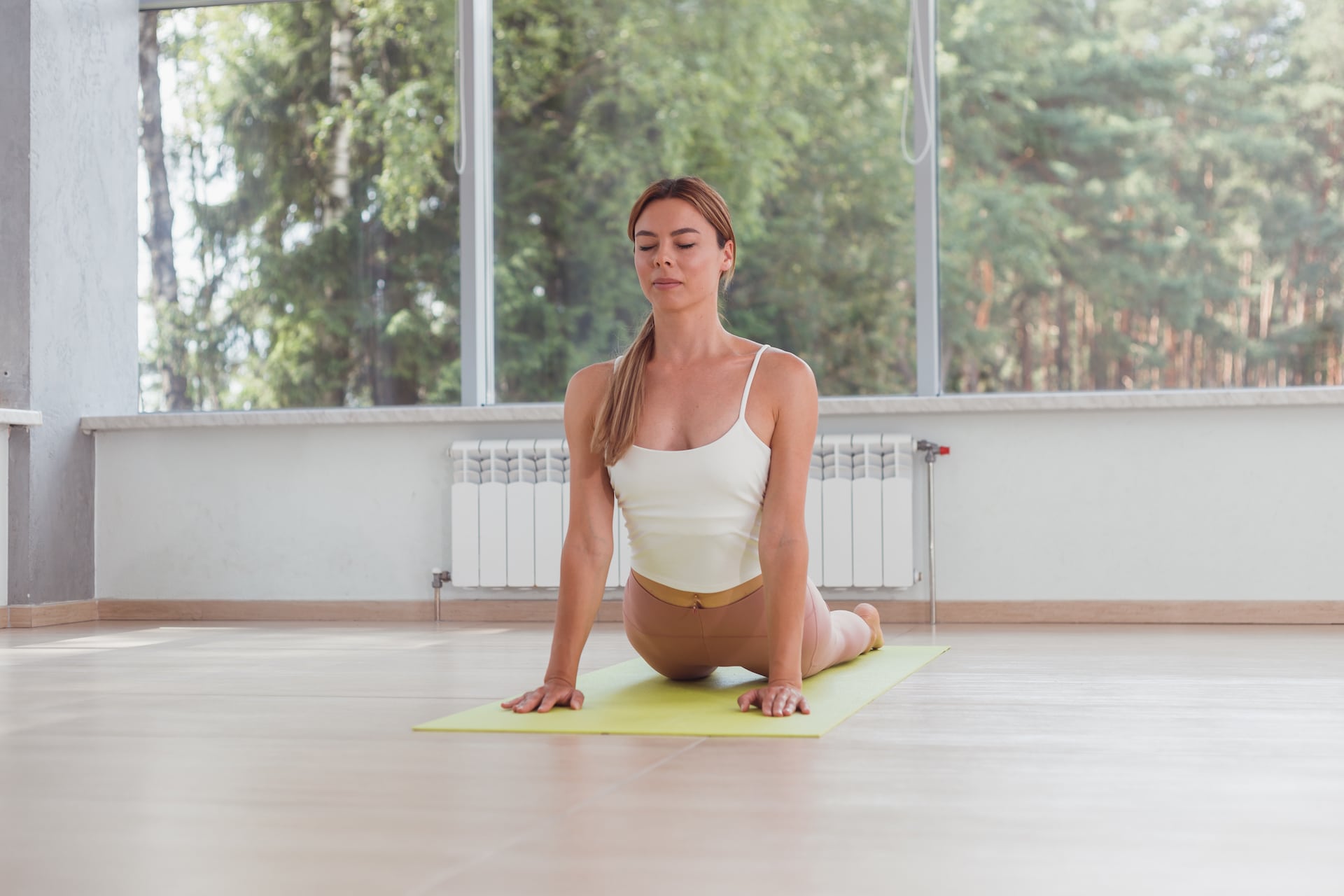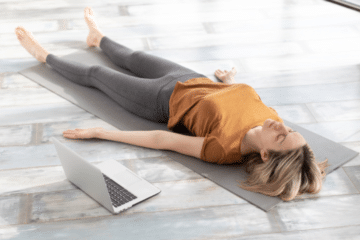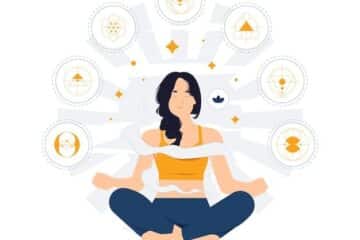Yin yoga, renowned for its gentle yet profound approach to relaxation and flexibility, offers practitioners a sanctuary for deep stretching and introspection.
Unlike its more dynamic counterparts, Yin yoga focuses on passive poses held for extended periods, inviting practitioners to surrender to gravity and explore the depths of their flexibility.
In this article, we delve into the art of deep stretching in Yin yoga, uncovering its therapeutic benefits and guiding principles for practitioners seeking to unlock greater ease and release in body and mind.
Understanding Deep Stretching in Yin Yoga
Deep stretching in Yin yoga involves accessing the body’s deep connective tissues, including ligaments, tendons, and fascia, through prolonged holds in poses.
Unlike dynamic stretching, which primarily targets muscles, deep stretching in Yin yoga aims to gently stress the connective tissues to stimulate their remodeling and enhance flexibility.
By holding poses for anywhere from one to five minutes or more, practitioners create space within the body, allowing for deeper release and relaxation over time.
The Therapeutic Benefits of Deep Stretching
Deep stretching in Yin yoga offers a myriad of therapeutic benefits for both body and mind. As practitioners sink deeper into poses, they encourage the elongation and remodeling of connective tissues, promoting greater range of motion and flexibility in the joints.
This gentle yet effective stretching helps alleviate tension and tightness stored in the body, providing relief from chronic discomfort and promoting overall physical comfort and well-being.
Moreover, deep stretching in Yin yoga stimulates the flow of energy, or “qi,” through the body’s meridian system, as understood in traditional Chinese medicine.
By targeting specific meridians in each pose, practitioners clear energetic blockages and promote balance and vitality throughout the body.
This enhanced energy flow not only revitalizes the physical body but also nourishes the mind and spirit, fostering a sense of vitality and aliveness.
Guiding Principles for Deep Stretching in Yin Yoga
To maximize the benefits of deep stretching in Yin yoga, practitioners can adhere to several guiding principles:
- Gentle Approach: Approach deep stretching with gentleness and compassion, honoring your body’s limitations and boundaries. Avoid pushing or forcing yourself into poses beyond your comfortable edge.
- Long Holds: Hold poses for an extended duration, typically ranging from one to five minutes or more. Allow yourself to surrender to gravity and sink deeper into each stretch with each breath.
- Stillness and Surrender: Embrace stillness and surrender in each pose, allowing sensations to arise and dissipate without resistance. Cultivate an attitude of acceptance and openness towards whatever arises in your experience.
- Mindful Breath Awareness: Maintain mindful breath awareness throughout the practice, anchoring yourself in the present moment and allowing the breath to guide you deeper into relaxation and release.
Sample Deep Stretching Sequence
Below is a sample Yin yoga sequence designed to facilitate deep stretching and relaxation:
- Child’s Pose (Balasana) – 3 minutes
- Dragon Pose (Saddle Variation) – 3 minutes per side
- Sphinx Pose (Salamba Bhujangasana) – 3 minutes
- Butterfly Pose (Baddha Konasana) – 5 minutes
- Shoelace Pose (Gomukhasana) – 3 minutes per side
- Sleeping Swan (Pigeon Pose) – 3 minutes per side
- Supported Bridge Pose (Setu Bandhasana) – 5 minutes
- Savasana (Corpse Pose) – 5-10 minutes
Conclusion
Deep stretching in Yin yoga offers practitioners a profound pathway to relaxation, flexibility, and inner peace.
By gently stressing the body’s deep connective tissues and promoting energetic balance, deep stretching in Yin yoga facilitates greater ease and release in both body and mind.
Through mindful practice and compassionate self-awareness, practitioners can unlock the transformative power of deep stretching, inviting a sense of relaxation and well-being into every aspect of their lives.



